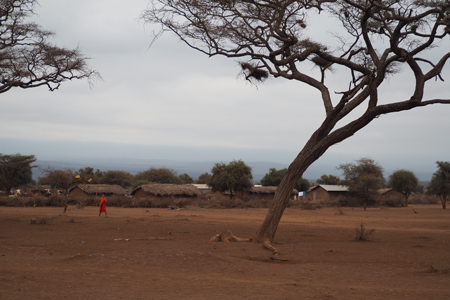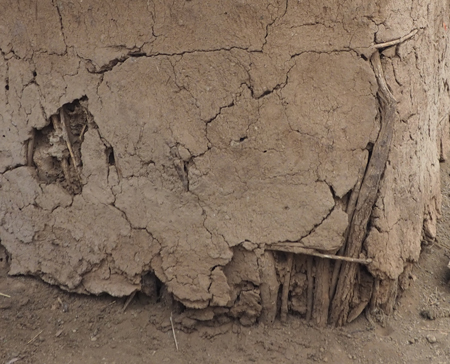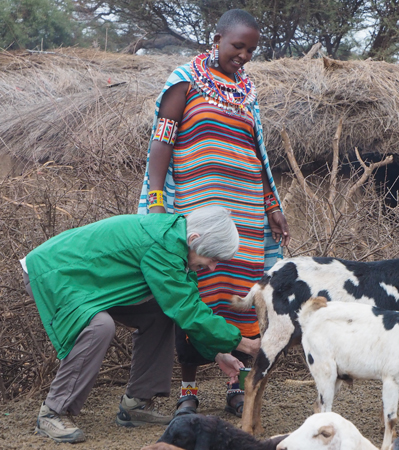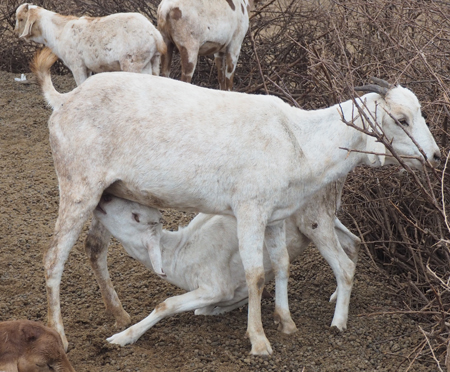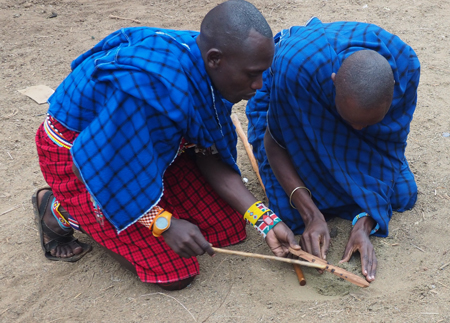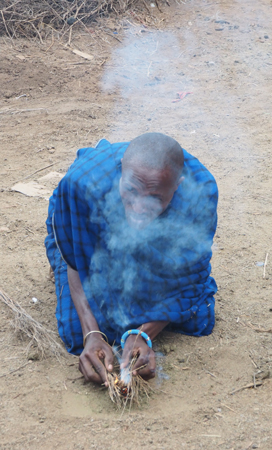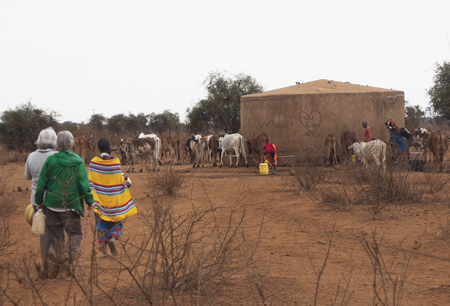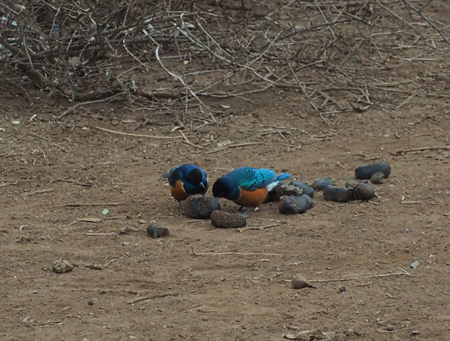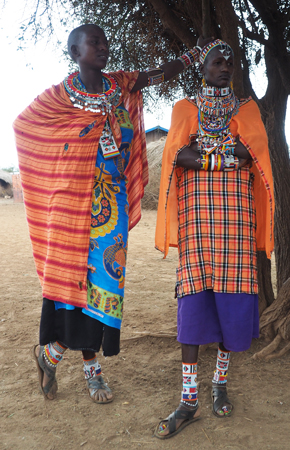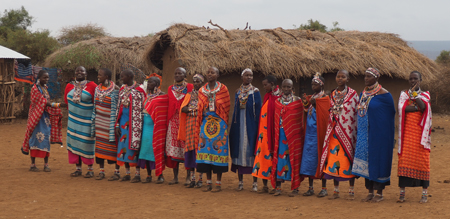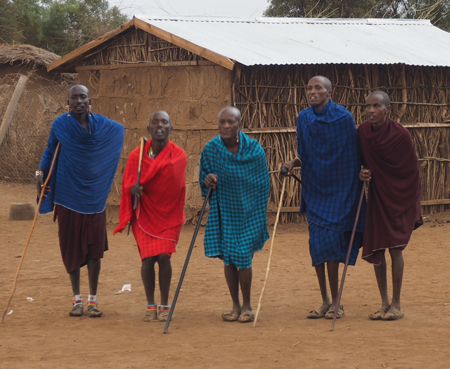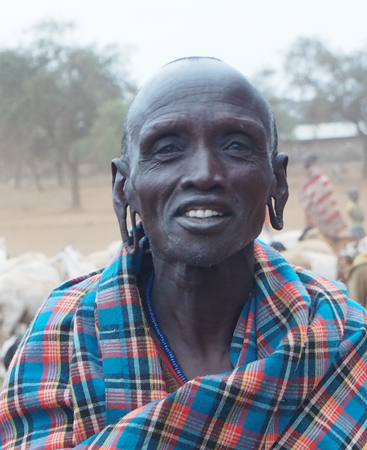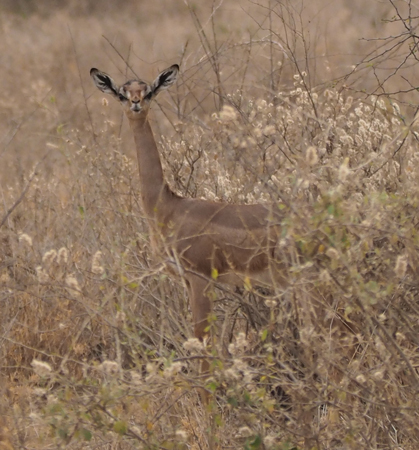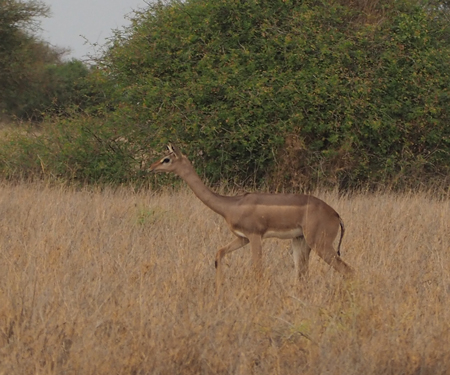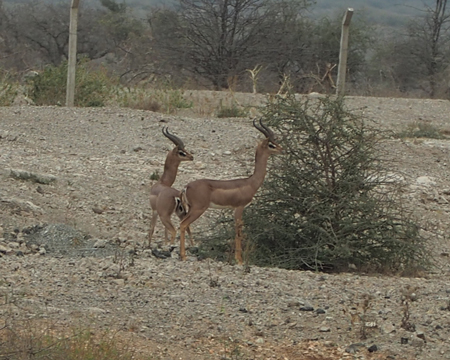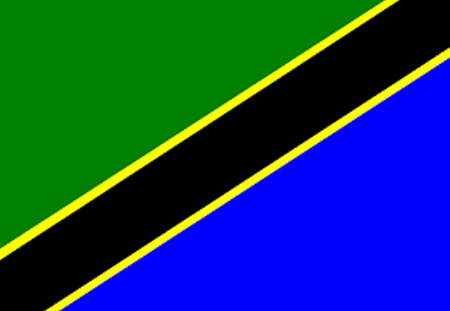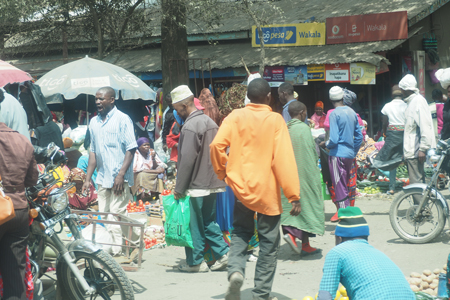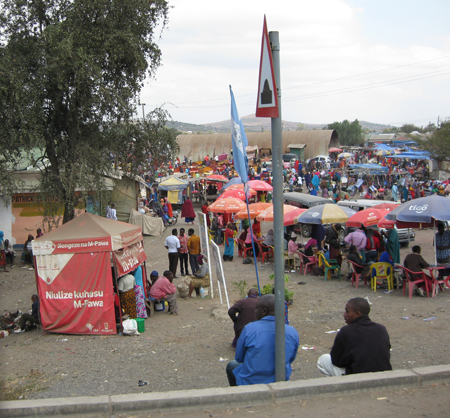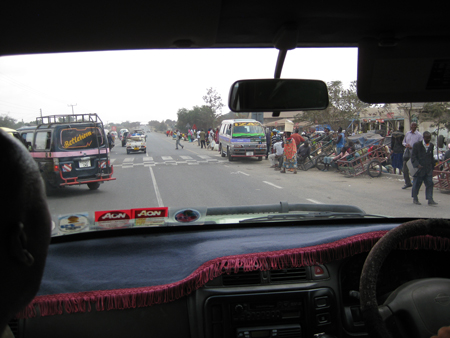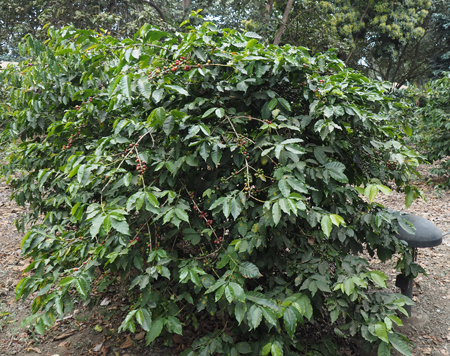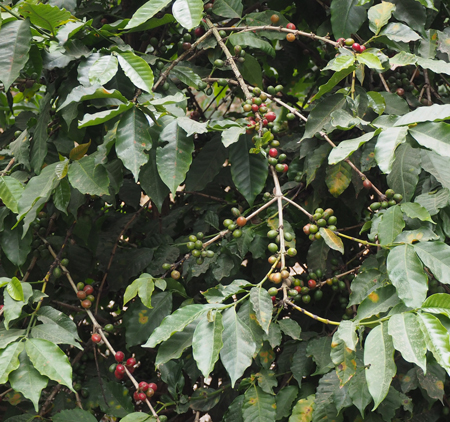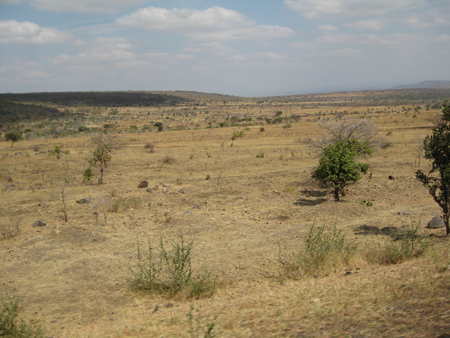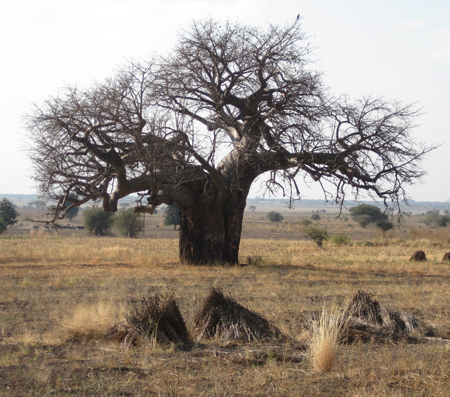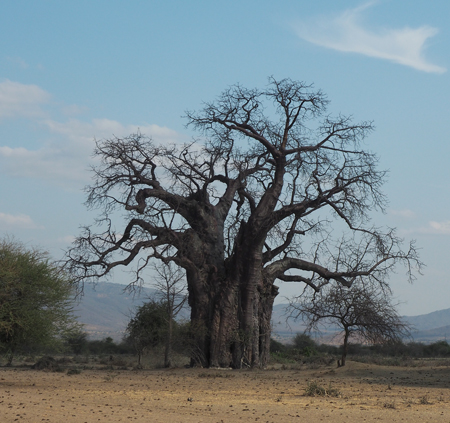Tues. 8/8/2017 - Maasai Village
Today we spent “A Day in the Life of” a Maasai village. The Maasai are the only people who are allowed to live inside the Kenyan national parks. There are several villages here in Amboseli. The Maasai are cattle herders. Cows give them milk and meat, are used to barter for outside goods, and are used as a dowry in marriages. It is easy to spot the villages because they are surrounded by a “fence” of acacia branches with their 1½ to 2 inch long thorns. This keeps the cattle, sheep, and goats in the village compound and the wild animals out. Should a lion get in and take a cow or goat, the government will reimburse the owner.
Inside the compound we visited were four polygamous families. The four men each had 3 or 4 wives with an average of 4 children. Each man had a separate “house” for each of his wives and her children. Chief Joseph was busy supervising the voting at the primary school so his brother, Moses, was our host. We entered the center of the compound where the cattle stay (but they were out finding grass) and the sheep and goats were resting within their fenced (acacia) off area.
Maasai Village
Maasai Village houses - goat/sheep pen on right
The houses are made of acacia wood covered with elephant dung. The roof was once covered with cowhides and now with plastic and then acacia branches for insulation. The foundation is dug down 12 to 18 inches and filled with ashes to keep out termites. The inside is very dark with only one small hole to let out cooking smoke. One room is for cooking on a clay stand over a small fire. The “kitchen” is the sleeping room for the mother and the man if he is sleeping with this wife for the night and a second room is for all of their children. They sleep on a cowhide. There is no electricity, running water, or plumbing.
Maasai children
Maasai Village - Stick and elephant dung construction
Maasai Village - Moses, brother of the chief
Nice footwear
Then several of us got to try to milk a goat. I actually got milk out but could not aim it into the cup. My hand was covered in milk.
Next the men showed us how the Maasai start a fire using an acacia stick spun on a flat cedar stick to create a spark to ignite some donkey dung that is then fed with elephant grass. The men of the village do this twice a day and the women come to light a stick to take back to their house to start a cooking fire.
Gale milking a goat
Pat taking her turn
This is the way it is done!
Maasai Village -fire building
Maasai Village - fire building
One woman was going to walk the half-mile to fill three water containers so several of us went with her to help. When the village water hole with a manual pump dried up the government drilled another well and provided a generator to pump water into a large storage tank with a trough around it to supply water for cattle, sheep and goats, and people. Pat and I filled a 5 and a 3-gallon container from the trough and then got to carry them (I got the 3 gallon one) on our backs by straps over our heads. Since we did the “work” for the village we were treated with “respect” by the village women and were given beaded bracelets to wear and hot milk (from our goat) tea with lots of sugar to drink.
Maasai Village - fetching water
Maasai Village - fetching water
Pat and Gale fetching water
Pat and Gale fetching water
Superb Starlings
Maasai women
Maasai women
Maasai women
Men performing Maasai jumping dance
Maasai ear piercing and stretching
Maasai herds and herder
Wed., 8/9/17 – Overland to Tanzania
Today we spent 10 ½ hours driving south to our next game reserve/national park, Tarangire NP in Tanzania. We drove fast over the really rough road through Amboseli National Park, stopping only to look at a herd of elephants, several gerenuks, and a couple secretary birds. Gerenuks are a favorite animal and we did see some beautiful males with horns. One even was standing up on its hind legs to reach the limb of a tree. The gerenuk is referred to as the giraffe antelope because of its long neck.
| Return to Top | Return to Itinerary | Return to Trips page to view other trips | Return to Dreamcatcher Home Page |
